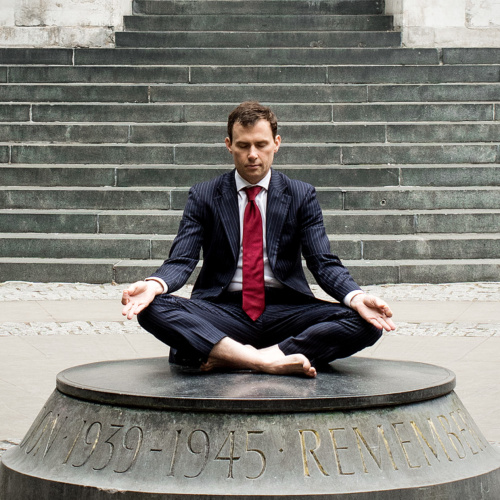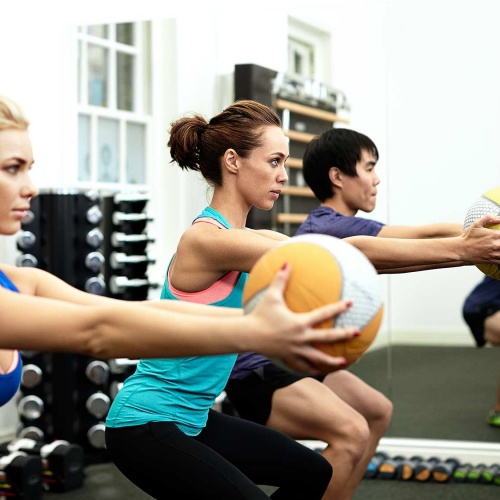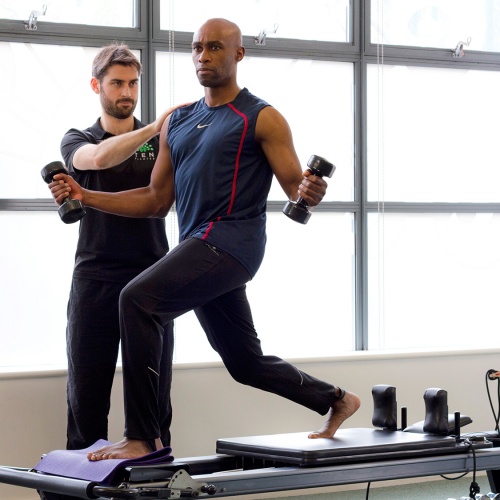Why cardio?
Most of us have a pretty good idea why we should be doing cardio. But at risk of stating the obvious, it has a number of important benefits.
Amongst them, it makes our heart and lungs stronger, more capable, and more efficient.
It burns calories, helping reduce our body fat percentage, and replacing it with lean muscle mass.
It lowers the resting heart-rate and improves distribution of oxygen to our muscles, giving them the energy they need to perform. (A slower heart-rate also helps regulate the release of the stress hormone, cortisol, which can otherwise increase fat storage.)
Last but by no means least, regular cardio workouts reduce blood pressure and help lower cholesterol levels.
Why Pilates?
The benefits of Pilates (particularly the way we do it at Ten) include body-sculpting, muscle strengthening and toning – particularly through the abdomen, bum, mid and upper part of the back.
It has impressive prehabilitative attributes; improving mobility, flexibility and posture, and reducing the risk and incidence of injury.
Pilates’ focus on resistance work – using the Reformers’ springs, your bodyweight, or both – also helps build stronger bone density, reducing the risk of degenerative conditions like osteoporosis and osteoarthritis in later life.
Why do both?
Pilates and cardio make great workout buddies.
By strengthening the core and encouraging correct muscle activation, Pilates significantly improves functional dynamic stability. By that, we mean the ability of the body to hold itself in better alignment for longer, even under fatigue. Enabling us to improve endurance and performance whilst reducing the risk and incidence of injury.
Regular cardio sessions can often lead to tired and achy muscles. Switching to Pilates allows you to continue working out whilst benefitting from some active recovery.
Though another workout may be the last thing on your mind, you will actually walk away from a Pilates class feeling less stiff and more mobile than before it started. This is due to the increase in blood supply helping to flush out the lactic acid and toxins that result in DOMS (delayed onset of muscle soreness), and the emphasis on lengthening and stretching of your muscles.
How much is enough
For the time-poor (and these days, that’s most of us), interval training is often the best option for a cardio session. Switching between high intensity effort and slower-paced recovery phases over a sustained 20-30 minute period results in spiking the body’s metabolism, a really effective way of burning energy, and in turn, fat.
Whatever the amount of cardio workouts you can manage, try to match it with an equal number of Pilates sessions, that way you’re maximising the benefits of both your workouts and your active recovery capabilities.
Do both at the same time
At Ten, we realise that our clients’ lives are full, and the demands on their time are many.
That’s why we created our innovative Jumpboard classes. The best of both worlds – in a single intense session that delivers that all important cardiovascular challenge and metabolic kick, whilst also providing an all-over toning, strengthening and lengthening session. Not only will it help you stay strong, toned and injury free, it’ll also make sure those muscles don’t tighten up the next day.
All in less than an hour. And in a time-poor world, that’s a benefit in itself.





